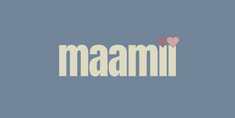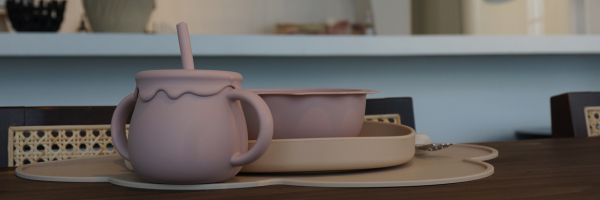ADHD (Attention Deficit Hyperactivity Disorder) does not only affect children – many continue to experience it in adulthood. Especially in family life, between job, kids, and household, the typical symptoms can be challenging. At the same time, there are many tools and strategies today that can make daily life more structured and easier.
What is ADHD?
ADHD is a neurobiological condition that affects how attention, impulsivity, and activity levels are regulated. Important: it is not about laziness or a lack of discipline – the brain simply works differently.
Typical symptoms in adults
-
Difficulty concentrating: starting tasks but not finishing them
-
Forgetfulness: appointments, agreements, or small everyday things are easily forgotten
-
Overstimulation: noise, to-do lists, and multitasking can quickly become overwhelming
-
Emotional intensity: feelings are experienced strongly and directly
-
Procrastination & hyperfocus: some things are endlessly postponed, while others suddenly absorb all attention
In family life, this can mean: the children’s dentist appointment is forgotten, the kitchen remains half-cleaned, or personal needs are lost in the chaos.
What helps in everyday life?
1. Create routines
Fixed routines ease the brain. If mornings are clear – wake up, drink water, get kids dressed, coffee, go – it saves energy and prevents chaos.
2. Planners & “Brain Dumps”
Everything circling in your head – get it out on paper! A simple sheet or structured planner helps organize thoughts. Categories like “Call”, “E-mails”, or “Schedule” can work wonders.
3. Small steps instead of perfection
Instead of reorganizing the entire closet, start with one shelf. Instead of cleaning the whole house, start with one corner of the kitchen. Small wins motivate.
4. Digital helpers
Timers (Pomodoro technique – work 25 minutes with full focus, then take a 5-minute break; after four rounds, take a longer break), phone reminders, or to-do list apps help structure the day and give small nudges.
5. Caring for body & mind
Sleep, movement, and breaks are especially important with ADHD. A short walk, a glass of water, or mindful breathing give new energy.
Helpful tools
-
ADHD planners (daily prioritized to-do lists)
-
Checklists for routines (morning/evening routines, weekly structure)
-
Visuals (posters, whiteboards, colorful markers)
-
Timers & apps (for focus sessions and breaks)
Important to know
ADHD is very individual. What works for one person may not work for another. It’s not about being perfectly organized – it’s about finding ways to make life easier.
Especially for mothers, this means: be gentle with yourself. Small tools like a “Brain Dump” sheet or a short morning routine can already bring real relief.
✨ Freebies for you
To help you get started, we’ve created free PDF templates – minimalistic, practical, and easy to print:
-
ADHD Brain Dump Sheet
-
Morning Routine Checklist
-
Daily Planner







